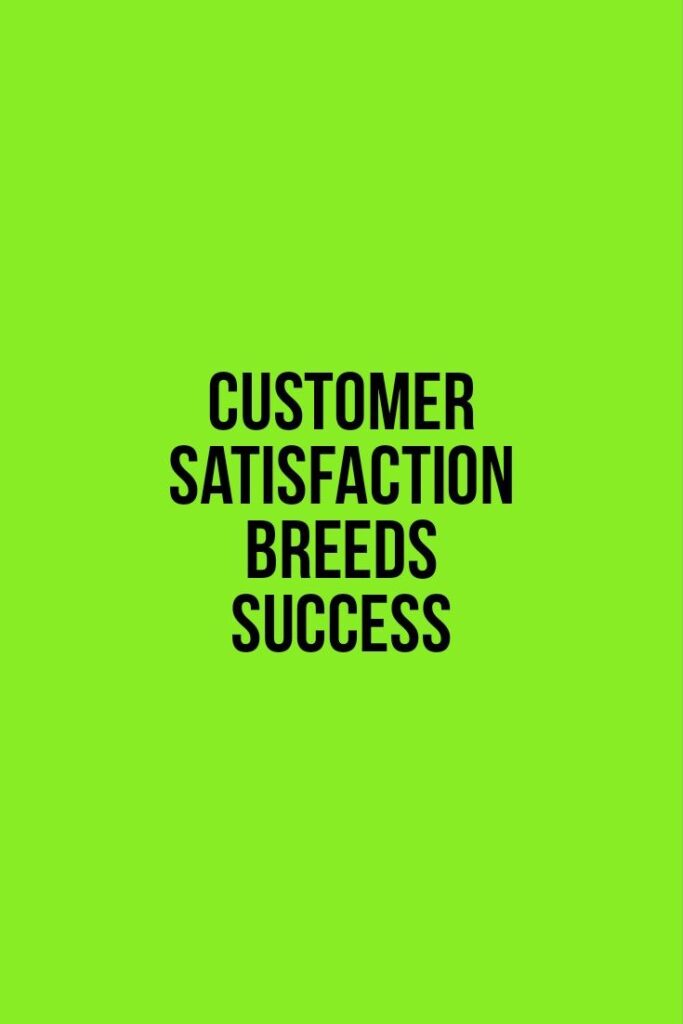Not too long ago, “Customer Success” meant being the firefighter.
You waited for smoke a customer complaint, a dip in logins, a support ticket and then you rushed to put out the flames.
That was Customer Success 1.0: reactive, manual, and painfully human.
Then came Customer Success 2.0 automation. Segmentation. Drip campaigns. You built journeys, playbooks, and quarterly reviews. It worked… for a while.
But the world evolved faster than those systems did.
Now, in 2025, customers don’t wait until something’s broken to move on. They churn silently the moment their expectations aren’t met, or a competitor feels a little smoother.
That’s why the best CS teams today aren’t firefighters anymore.
They’re architects quietly building systems that predict friction before it sparks.
Welcome to Customer Success 3.0, the era of proactive retention powered by AI.
The End of Reactive Retention
Most churn stories sound the same.
A customer stopped engaging, someone noticed too late, and then came the classic “What went wrong?” post-mortem.
The truth? What went wrong happened months ago.
The customer’s value perception dipped. Their goals shifted. Their internal champion left. Their sentiment changed — but your data didn’t capture it.
In older models, success was defined by how well you reacted to that moment.
In the new model, it’s defined by how early you saw it coming.
That’s the mindset shift of Customer Success 3.0 from reactive firefighting to predictive relationship management.
So, What Exactly Is Customer Success 3.0?
Think of it like this:
If your previous CS strategy was a set of maps structured but static then 3.0 is a GPS with real-time updates.
It uses AI to track every small turn, every slowdown, every deviation in customer behavior and sentiment.
Instead of asking, “Who’s about to churn?” it tells you, “Here’s who’s losing momentum, why it’s happening, and what to do about it.”
At its core, Customer Success 3.0 blends:
- Predictive analytics that identify churn before it happens
- Behavioral intelligence that captures emotional and usage-based signals
- AI-led playbooks that adapt to each customer’s journey
- Human intervention at the moments that truly matter
It’s a system where technology amplifies empathy not replaces it.
The Three Pillars of Proactive Retention
1. Data with Depth, Not Just Volume
Most companies are drowning in customer data but starving for insight.
CS 3.0 starts by building a unified, intelligent data layer one that connects logins, feature usage, survey responses, ticket sentiment, and renewal timelines into one coherent story.
Because when data is fragmented, your understanding of the customer is fragmented too.
2. Predict Before You Panic
AI doesn’t wait for your quarterly review to sound alarms.
It detects anomalies in real time; a sudden drop in engagement, a frustrated tone in a support chat, an invoice delay and assigns a retention risk score instantly.
This early-warning system gives CS teams the power to act before customers consciously decide to leave.
3. Automation That Feels Human
The biggest fear about AI in CS is that it’ll make relationships robotic.
The reality? It makes them more human because automation handles the noise.
AI drafts the follow-up email, suggests a tailored product tip, or schedules a check-in when sentiment dips. That frees your CS managers to focus on deeper conversations: strategy, vision, outcomes.
It’s about using machines to detect needs and humans to fulfill them.
A Day in the Life of a CS 3.0 Team
Imagine this.
You’re a Customer Success Manager at a SaaS company. It’s Monday morning.
You open your dashboard and before you’ve finished your coffee, the AI engine has already:
- Flagged three accounts showing early churn signals (login frequency down 30%)
- Suggested a personalized playbook for each (educational email for one, CSM outreach for another)
- Identified two accounts likely ready for upsell
- Generated a renewal health score for your top 20 clients
You don’t spend your day guessing.
You spend it acting.
And that’s what defines a CS 3.0 team they’re proactive by design.
The Human Element Still Reigns
There’s one thing no AI can replicate: genuine empathy.
Even in the age of predictive models and automated nudges, loyalty is still built on human connection being understood, heard, and guided.
The goal isn’t to eliminate the human touch; it’s to amplify it.
AI ensures you’re reaching out at the right time, for the right reason. The human touch ensures it means something.
When those two forces combine; intelligence and intuitionm, retention stops being reactive. It becomes relational.
The Future Is Predictive, But Personal
As we move deeper into the AI age, customer retention is no longer a department’s job.
It’s a company wide system, one that uses technology to deliver experiences so seamless, customers can’t imagine leaving.
Because the best retention strategy isn’t just about reducing churn.
It’s about making success inevitable.
Customer Success 3.0 isn’t coming.
It’s already here.
And the teams who embrace it won’t just keep their customers, they’ll grow with them.
If you’re a business and think you might need help taking your revenue to the next level, we’d love to take a look. We’ll show you within hours how to optimise your customer base revenue with our audit and so much more.
Book your audit here → https://calendly.com/nasima-crm-consultancy
Check out our books on Amazon:
How to keep your Customers for life
100 onboarding hacks for exclusive CRM insights, retention strategies, and brand growth ideas.
Follow us on Instagram → @nasima_complex for daily tips, behind-the-scenes insights, and real-world brand wins. https://www.instagram.com/nasima_complex




